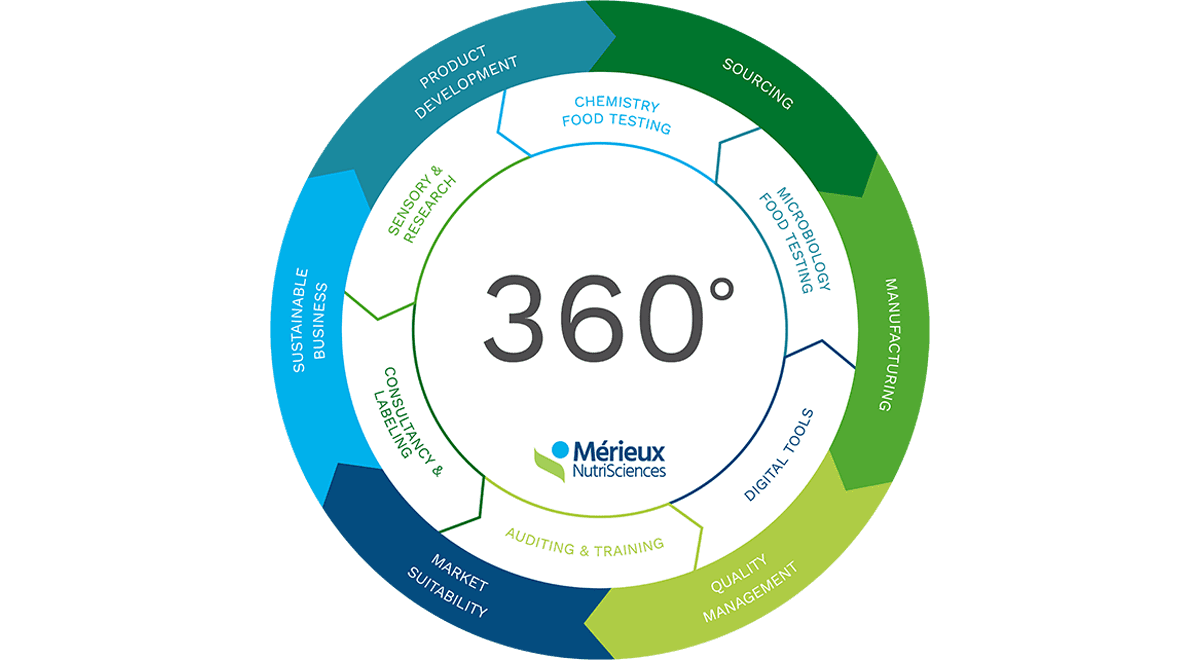Current Report on Risk Assessment of Mineral Oil Hydrocarbons (MOH) in Food Published by EFSA on September 13, 2023
MOH originates predominantly from crude oil but can also be derived from coal, gas, and biomass. It is categorized into two main groups: Mineral Oil Saturated Hydrocarbons and Mineral Oil Aromatic Hydrocarbons (MOSH and MOAH). Mineral oil constituents can enter food through a variety of pathways along the food chain.
Some of the potential sources include:
- migration from food additives;
- migration from food contact materials;
- environmental contamination;
- contamination during food processing;
- general accumulation/contamination through the food chain.
In 2012, the Scientific Panel on Contaminants in the Food Chain concluded that MOH could impact human health. Specifically, they found that MOSH accumulates in human tissues and has the potential to harm the liver. Additionally, certain MOAH compounds, particularly those with specific chemical structures, might have the potential to cause cancer by damaging DNA.
Major Regulatory Developments and Assessment of Mineral Oil Hydrocarbons in Europe and Germany
Updates from EFSA on regulatory developments and MOH assessments in food are crucial for ensuring food safety and quality. They emphasize the need for ongoing research and vigilant monitoring and regulation of these substances:
- The European Commission is currently considering the establishment of maximum levels for MOH in specific food items. In 2020, the EC mandated EFSA to update the 2012 CONTAM Panel Scientific Opinion on the risks of MOH. This required EFSA to review research on MOH toxicity since 2012, estimate exposure levels based on recent occurrence data, and subsequently update the risk characterization.
- In April 2022, the Standing Committee on Plants, Animals, Food and Feed (SCoPAFF) published maximum levels for the sum of MOAH in foods depending on their fat content (updated in October 2022).
- In March 2023, EFSA published draft conclusions on the risk assessment “Mineral oil hydrocarbons in food”, in confirming that certain substances from the group of aromatic mineral oil hydrocarbons (MOAH – fraction with three or more aromatic rings) are potentially hazardous to health.
- In 2023, the Joint Research Centre (JRC) released the second edition of the Guidance on Sampling, Analysis, and Data Reporting of Mineral Oil Hydrocarbons in Food and Food Contact Materials in accordance with EU Recommendation (EU) 2017/84.
- In July 2023, the German Federal Institute for Risk Assessment (BfR) published a communication and FAQ document on mineral oil constituents in food supporting EFSA’s conclusions.
Outcome, Implication and Recommendation of EFSA’s Risk Assessment on Mineral Oil Hydrocarbons in Food
EFSA’s approach to this assessment was meticulous and followed a pre-established methodology. It involved a comprehensive review of scientific literature, with a focus on studies published since 2010. They considered occurrence data from 2011 and 2021. From March 15th to April 30th, 2023, the public consultation on the draft scientific opinion updating the risk assessment of MOH in food took place. During the Contaminants in the Food Chain (CONTAM) plenary meeting in July 2023, the committee adopted the final version. The comprehensive report is now officially published in the EFSA Journal as of September 13, 2023. Thus, EFSA’s assessment has yielded several outcomes that may influence the EC’s decision regarding possible setting of maximum levels for MOH in certain foods.
Key Points of the Update
The report addresses:
- MOSH Dietary Exposure: present dietary exposure to MOSH is unlikely to raise health concerns in humans. However, further research is necessary to understand any potential long-term effects.
- MOAH Exposure: exposure to 3 or more aromatic ring MOAH, which is associated with DNA damage and potential cancer risks, raises concerns, especially for toddlers and other age groups.
- Uncertainties Remain: some MOAH with 1-2 rings and their potential health effects still lack sufficient data for conclusive assessments.
- High MOH Levels in Vegetable Oils: Vegetable oils were found to have the highest levels of MOSH/MOAH and the population group with the highest exposure was young people, mainly infants through infant formula.
However, EFSA enhances several recommendations for public health authorities, policymakers, and researchers to address these concerns.
These recommendations include:
- improving analytical methodologies;
- searching the sources of hydrocarbons in food;
- collecting more data on MOH accumulation;
- investigating the effects of MOH on health.
Our Solutions to Reduce the Risk of Mineral Oil Hydrocarbons Contamination along your Supply Chain
Mérieux NutriSciences operates world-leading laboratories dedicated to the development and execution of MOSH/MOAH analysis. We successfully devised and standardized the first method for MOSH and MOAH analysis while the topic was still emerging, in 2017. Our expertise continues to grow through our active participation in interlaboratory comparisons and international projects.
Notably, our analytical practices align with the guidelines provided by the BfR (German Federal Institute for Risk Assessment) and the EC’s Joint Research Centre‘s guidance document mentionned above.



